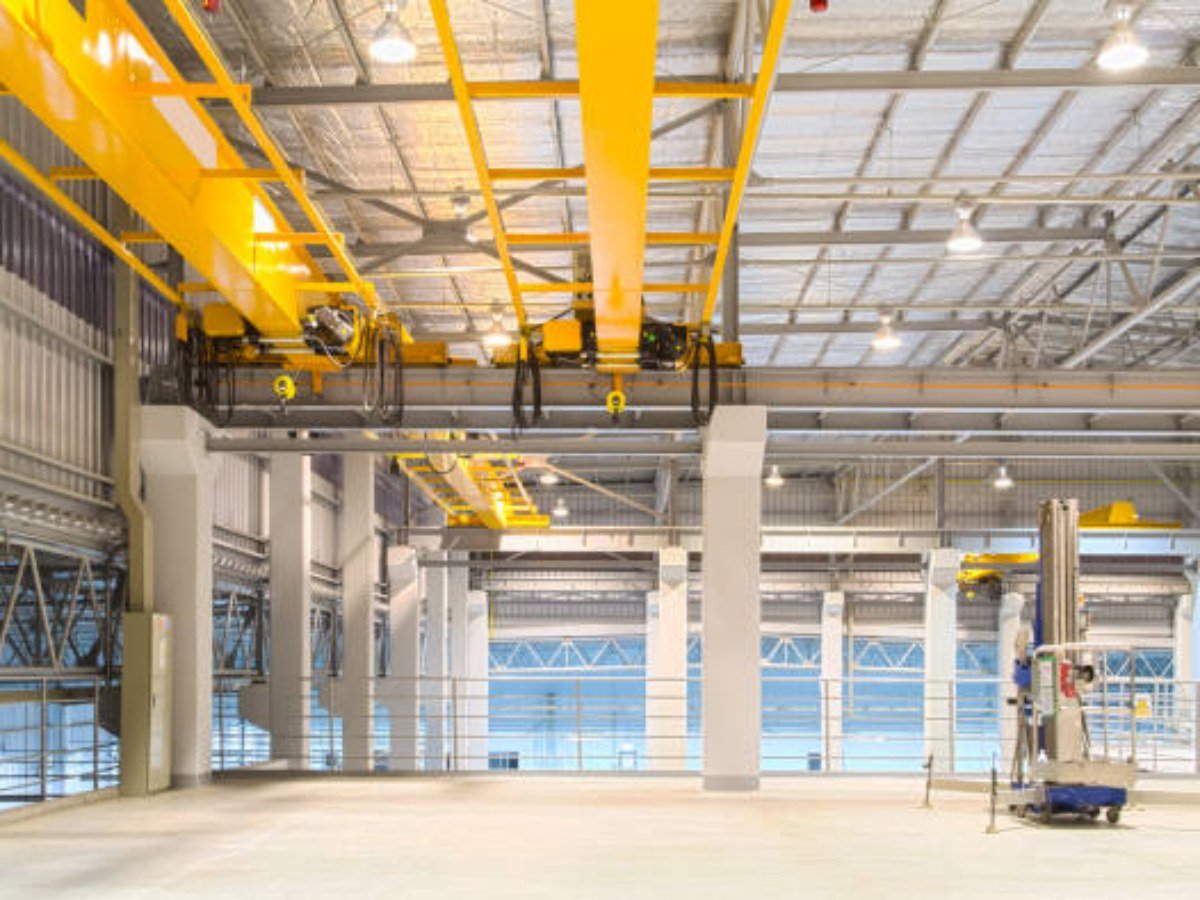What is a bridge crane system?
A bridge crane system, also known as an overhead crane, is a type of material handling equipment that is commonly used in industrial settings. It consists of a bridge that spans the width of the working area, supported by two end trucks that move along parallel runways. The bridge is equipped with a hoist or trolley, which can lift and transport heavy loads within the facility.
Increased Efficiency and Productivity
One of the key benefits of using a bridge crane system is the significant improvement in efficiency and productivity that it offers. These systems are designed to handle heavy loads with ease, allowing for quick and efficient movement of materials within the facility. This not only reduces the time required to complete tasks but also minimizes the risk of manual handling injuries.
Enhanced Safety
Safety is always a top priority in industrial environments, and bridge crane systems can greatly contribute to creating a safer workplace. By automating the lifting and transportation of heavy loads, these systems eliminate the need for workers to manually handle bulky items. This reduces the risk of strain-related injuries and accidents caused by human error. Additionally, bridge crane systems can be equipped with advanced safety features such as collision avoidance systems and overload protection mechanisms.
Versatility and Flexibility
Bridge crane systems are highly versatile and can be customized to suit the specific needs of different industries. They can handle a wide range of loads, from small components to large machinery, and can be adapted to work in various environments, such as warehouses, manufacturing plants, and construction sites. The flexibility of these systems allows for efficient material handling in diverse applications.
Optimized Use of Space
Due to their overhead design, bridge crane systems make optimal use of the available vertical space in industrial facilities. By utilizing the unused overhead space, these systems free up valuable floor space that can be utilized for other purposes. This is particularly beneficial in crowded work areas where space is limited and every square inch matters.
Improved Precision and Control
Bridge crane systems offer precise and controlled movement of heavy loads, allowing for accurate placement and positioning of materials. This is especially important in industries where precision is crucial, such as manufacturing and assembly lines. The smooth and controlled operation of these systems minimizes the risk of damage to products and machinery.
Cost-Effectiveness
While the initial investment in a bridge crane system may seem significant, it can lead to long-term cost savings for businesses. By automating material handling processes, these systems reduce the need for manual labor, resulting in lower labor costs and increased operational efficiency. Additionally, the durability and reliability of bridge crane systems contribute to their cost-effectiveness, as they require minimal maintenance and have a long lifespan.
Increased Throughput
Bridge crane systems enable faster and more efficient material handling, which directly translates into increased throughput for businesses. The ability to quickly move heavy loads from one location to another allows for faster production cycles and shorter lead times. This can give businesses a competitive edge by improving overall productivity and meeting customer demands more effectively.
Integration with Other Systems
Bridge crane systems can be integrated with other industrial systems to further enhance their functionality and efficiency. For example, they can be connected to inventory management systems, allowing for seamless tracking and movement of materials. This integration improves overall workflow and reduces the chances of errors or delays in material handling processes.
Environmental Benefits
Using a bridge crane system can have positive environmental impacts as well. By reducing the need for manual handling and optimizing space utilization, these systems contribute to lower energy consumption and carbon emissions. Additionally, the durability and longevity of bridge crane systems reduce the need for frequent replacements, resulting in less waste generation.

